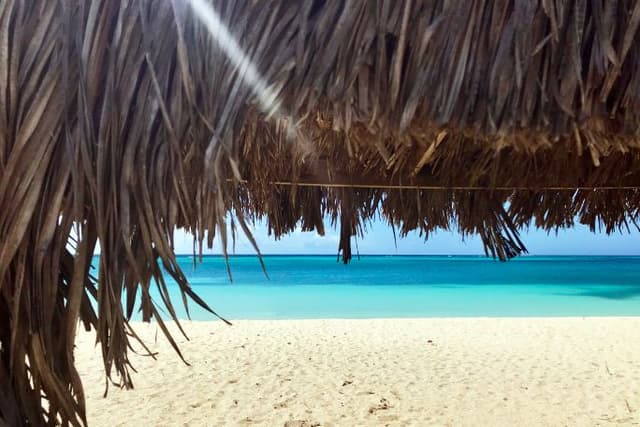
The Island: Finding Shelter
Lesson5 of 5 in this unit
Cool+PrimaryYear 5Humanities and Social SciencesBusiness and EconomicsEnvironmentalLand ManagementSustainabilityEconomicIndustry, Innovation and Infrastructure
Summary
Lesson guides and printables
Lesson Plan
